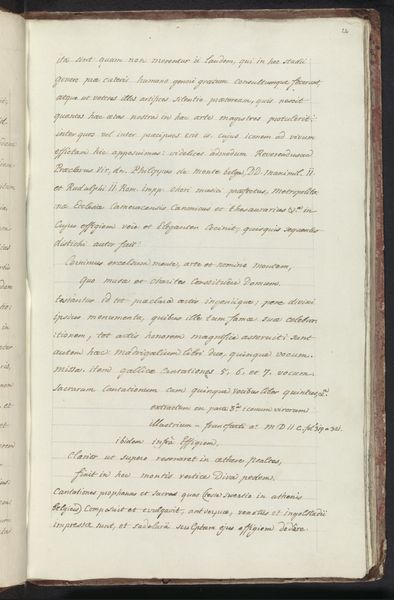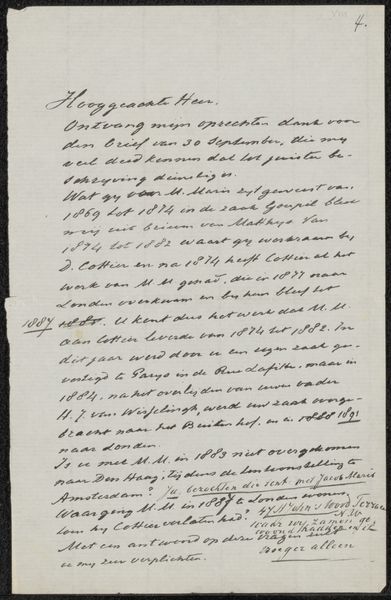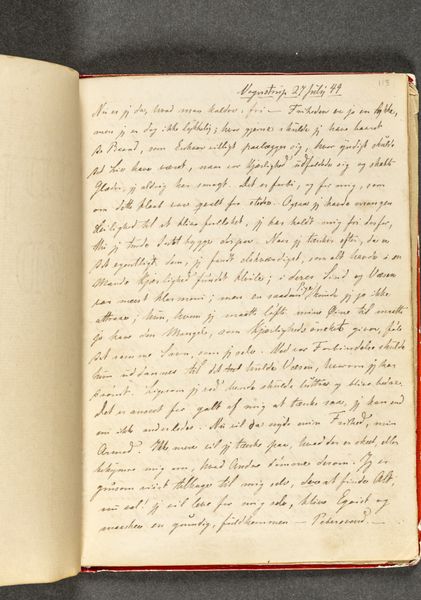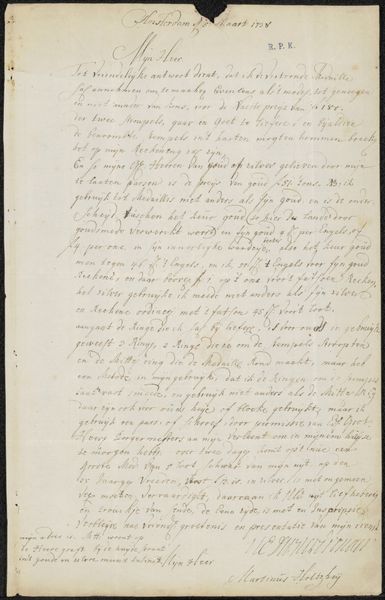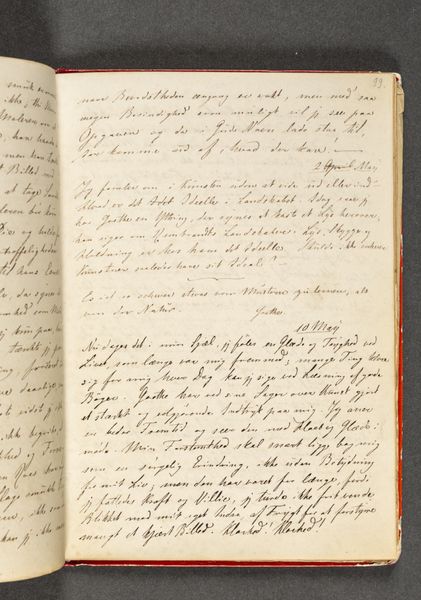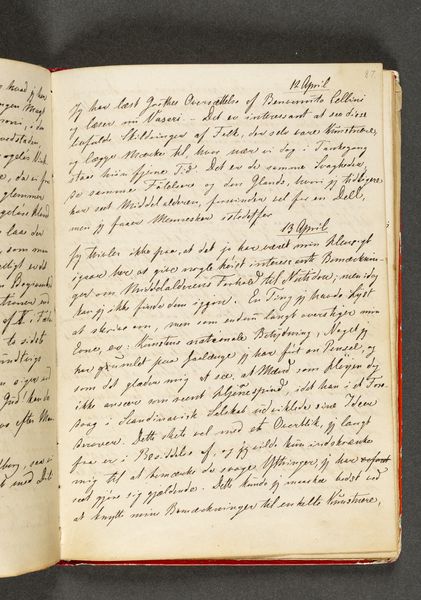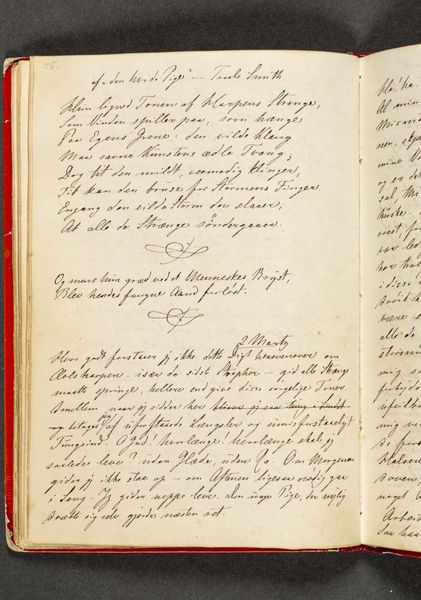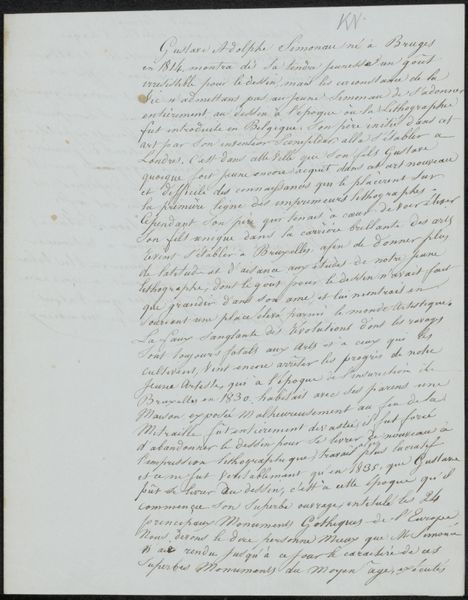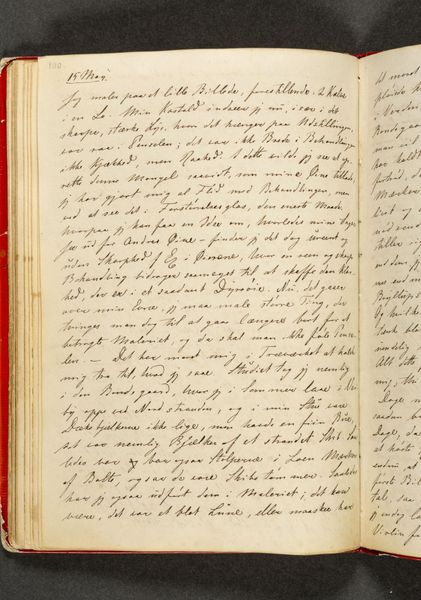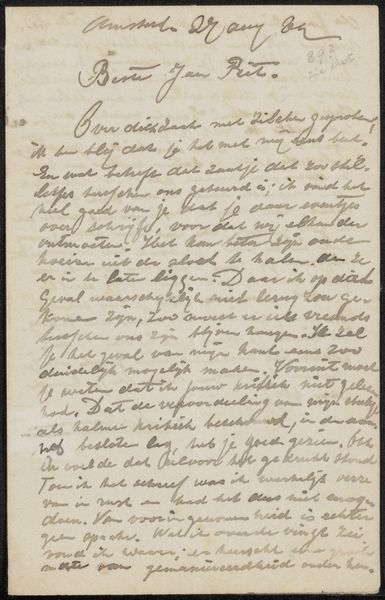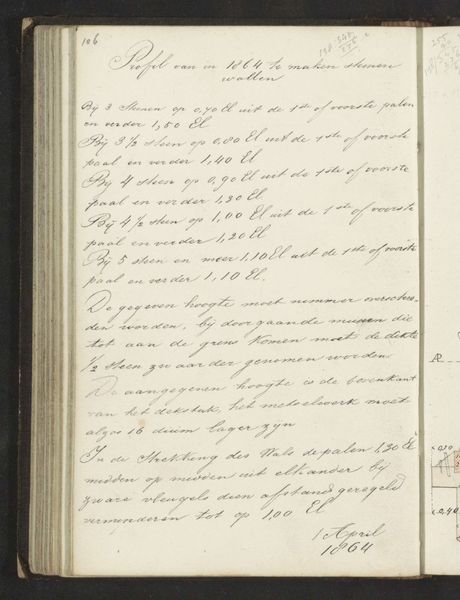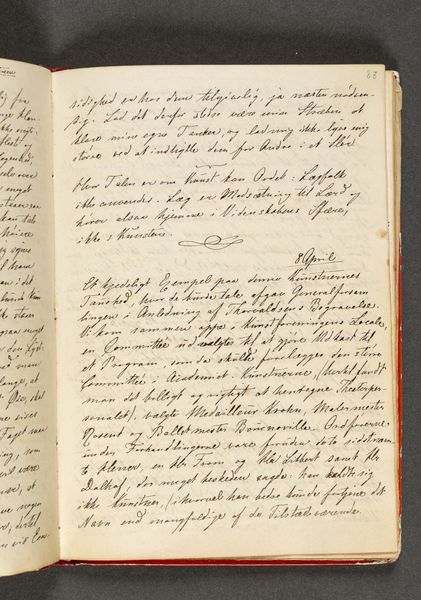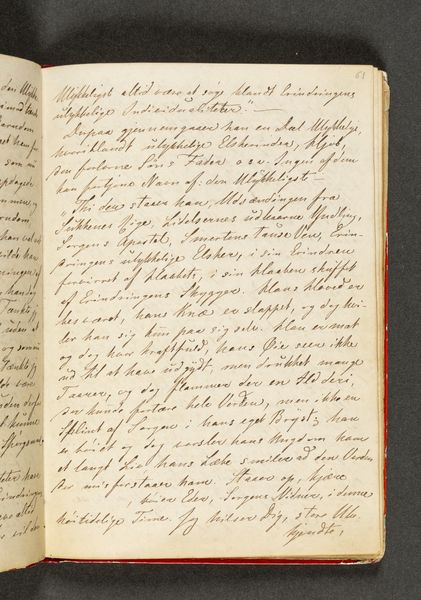
drawing, paper, ink, pen
#
drawing
#
medieval
#
narrative-art
#
paper
#
ink
#
pen
#
handwritten font
#
watercolor
#
calligraphy
Dimensions: height 430 mm, width 270 mm
Copyright: Rijks Museum: Open Domain
Curator: We’re looking at a fascinating drawing entitled "Siamese tweeling uit Zuienkerke," dating back to somewhere between 1809 and 1814. It was created by Joseph van Huerne using pen and ink, with some watercolor on paper. Editor: It looks like a page torn from an old journal, almost… scientific in its detachment. There's a certain melancholy hanging over it, perhaps amplified by the handwritten font which dominates the page. Curator: Indeed. It's essentially a visual record, an illustrated account, describing conjoined twins born in Zuienkerke, Belgium. The handwritten script, rendered with such precision, details observations about their anatomy and brief life. Editor: It's striking how matter-of-fact the tone seems, given the subject. Almost like classifying a botanical specimen, not reflecting on the brief lives described here. You know, I wonder about the ethics of creating and displaying this image, turning their existence into an object of scrutiny. Curator: That's precisely the complexity here. In van Huerne's time, the documentation of such "marvels" was intertwined with both scientific curiosity and a sense of public spectacle. Remember, this drawing wasn’t just a private study, but potentially part of a larger effort to document unusual phenomena. It touches upon issues of representation, disability, and the historical gaze. Editor: I find myself caught between the historical context and a present-day lens. It feels deeply unsettling. I cannot help but question who has the authority to record whose history—and what their true motivations were. Were they truly hoping to share the marvels, or did they merely hope to create something macabre and mysterious? Curator: Absolutely. That tension is key to engaging with this work. It reveals not just the physical condition of the twins, but also the prevailing attitudes and societal structures of the time that informed how they were perceived and documented. Editor: I suppose, as difficult as it may be to digest this piece, that art such as this helps us consider progress made, but simultaneously, reflect on what progress has not yet been accomplished. Curator: Ultimately, this work urges us to look beyond the surface representation. Hopefully the illustration, in its meticulous detail, may give cause to greater empathy for others' plights and circumstances in a constantly changing world.
Comments
No comments
Be the first to comment and join the conversation on the ultimate creative platform.
